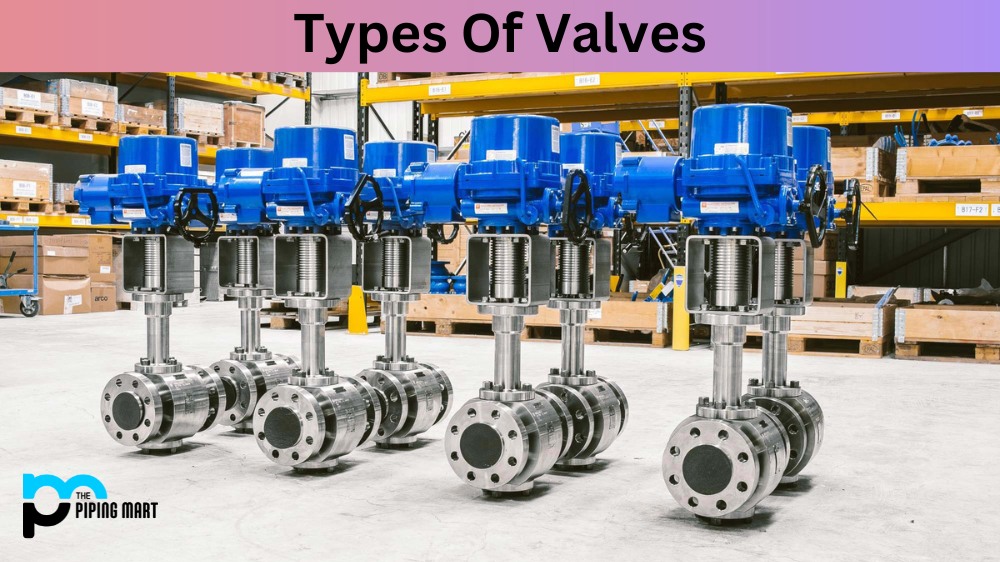Sand casting is a manufacturing process that has been used for centuries. It involves creating a casting by forming a mold out of the sand and then pouring molten metal into the mold. Sand casting is still widely used today due to its low cost and versatility, but it also has some drawbacks that should be considered before choosing this method for your next project. Let’s take a closer look at the pros and cons of sand casting.
Advantages Of Sand Casting
The biggest advantage of sand casting is the low cost. Since the molds are made of sand, they can be done quickly and inexpensively compared to other casting processes. Additionally, sand casting does not require expensive equipment or specialized tools, making it more accessible to smaller businesses and hobbyists.
Sand casting also offers excellent design flexibility since it can accommodate complex shapes with undercuts or thin walls without requiring additional machining or tooling. This makes designing intricate parts much simpler than with other methods. Finally, sand castings are highly durable, as they have excellent resistance to impact and wear and tear due to their thick walls and solid construction.
- Sand casting is one of the oldest and most popular methods of manufacturing metal products.
- Sand casting is a relatively simple process that can create various metal products.
- Sand casting is a versatile manufacturing process used to create products with complex shapes.
- Sand casting is a cost-effective manufacturing process that can produce large quantities of metal products.
- Sand casting is a sustainable manufacturing process that can be used to create metal products with a long lifespan.
Disadvantages Of Sand Casting
The biggest disadvantage of sand casting is that it offers less precision than other methods, such as die-casting or injection molding, which involve more precise tooling that can accurately reproduce intricate details. In addition, sand castings tend to be quite rough in appearance since the surface finish is limited by the quality of the mold material being used. If you need a part with a smooth surface finish, you’ll need to do additional post-processing work after the part has been casted to achieve this result.
Finally, there is usually some level of porosity present in the finished parts due to air bubbles becoming trapped in the molten metal. At the same time, it cools in the mould – although this issue can be minimized with careful attention paid during the pouring process.
Limited to Low-Melting Metals
One of the primary disadvantages of sand casting is that it can only produce parts made from low-melting metals, such as aluminium, copper, and zinc. This is because the sand mold must be heated to melt the metal, and if the metal is too high a melting point, it will simply shatter the mold.
Shrinkage Issues
Another disadvantage of sand casting is that it can lead to shrinkage issues. This is because the metal contracts as it cools and solidifies, which can cause the finished part to be smaller than the desired size. Additionally, sand casting can also cause warping and distortion, as the molten metal can become trapped in pockets of air within the mold.
Sand Can Be Reused
While sand casting does have some disadvantages, one advantage is that the sand used in the process can be reused multiple times. This means less waste is produced during the manufacturing process, which can be beneficial from an environmental standpoint. Additionally, using recycled sand can also help to reduce costs associated with the manufacturing process.
Requires skilled labour
Another disadvantage of sand casting is that it requires skilled labour to produce quality parts. The mould-making process is particularly critical, as even small imperfections in the mold can lead to defects in the finished part. Additionally, operating the furnace and pouring the molten metal into the mold must be done carefully to avoid defects.
Conclusion:
In conclusion, sand casting offers many advantages over other manufacturing processes, including low-cost materials and tools, excellent design flexibility for complex parts, high durability for long-lasting use, and no need for extensive post-processing work once completed — making it an attractive option for many projects from small businesses all way up through large production runs from industrial manufacturers alike! However, with careful attention paid during the pouring process — especially when dealing with intricate parts — most issues related to accuracy or surface finish can be avoided altogether so that your end product looks great every time!

Pipingmart is a B2B portal that specializes in metal, industrial and piping items. Additionally, we share the latest information and information about materials, products and various types of grades to assist businesses that are involved in this business.




